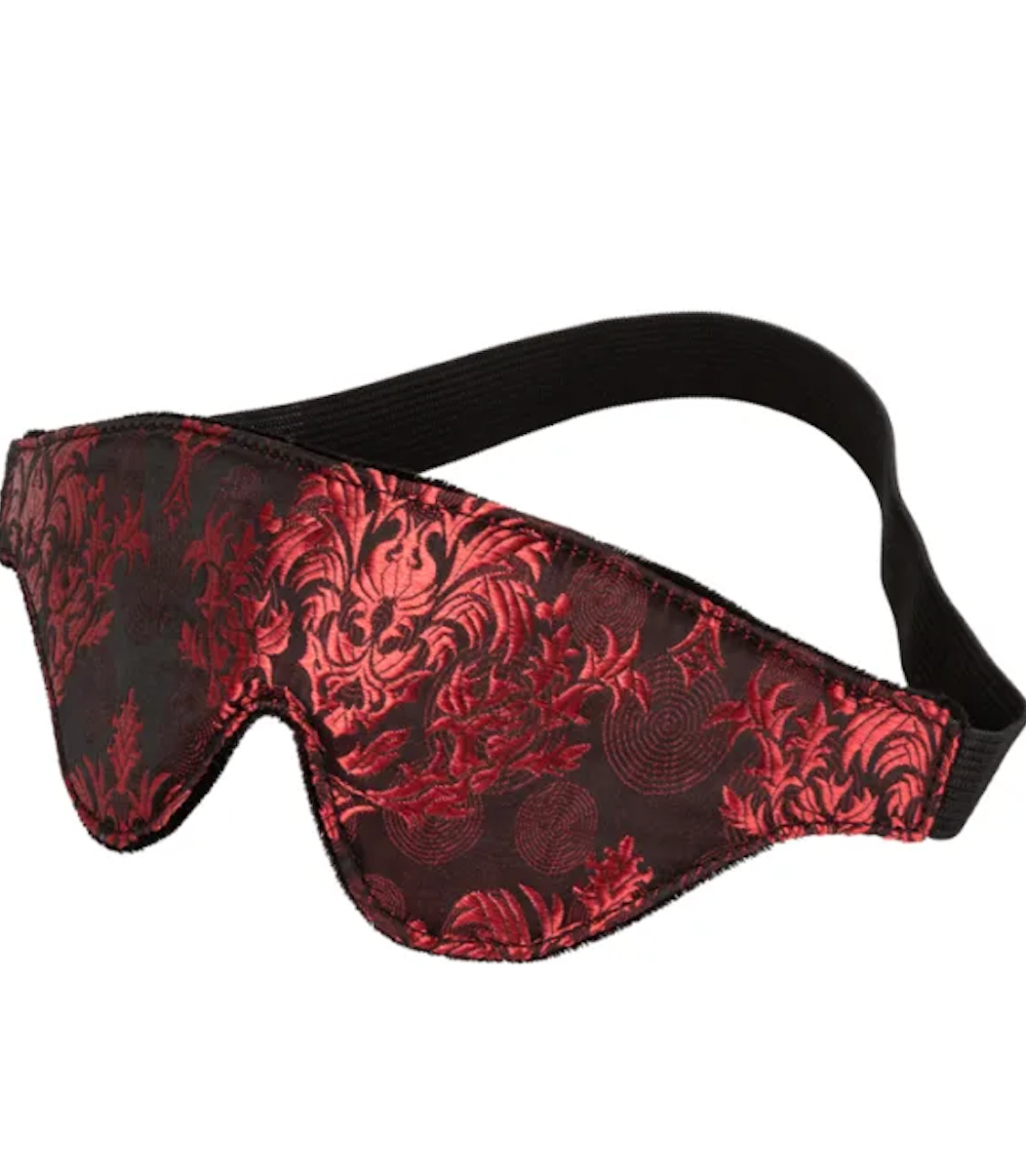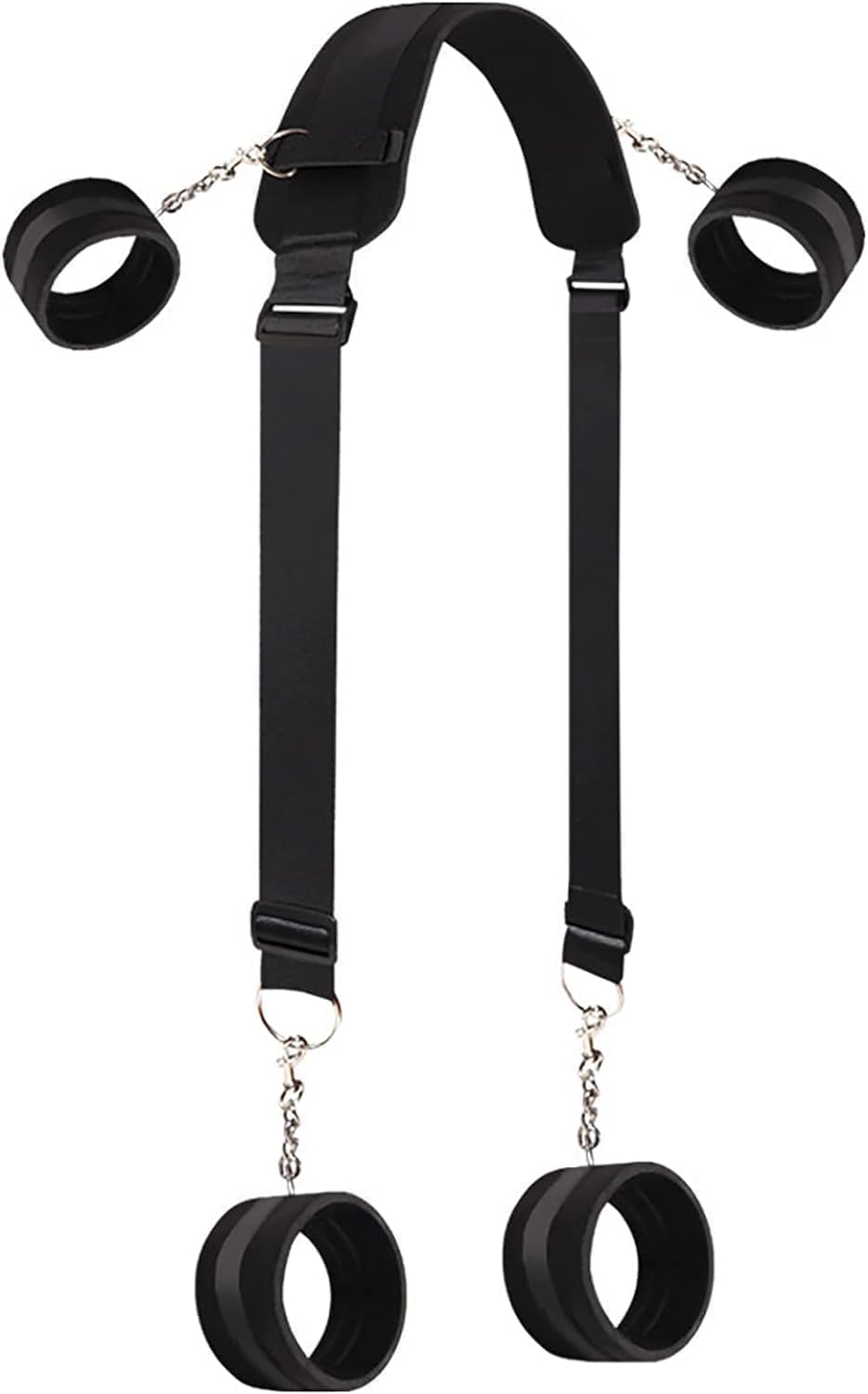
Collagen is the key to aging like fine wine. Like a 15-year-old bottle of Merlot, using red light therapy can pop the cork on collagen production, and in turn slow your skin’s aging. “When the skin is exposed to red light wavelengths, it can penetrate into the skin and reach the cells responsible for producing collagen, such as fibroblasts,” physician and founder of Glo by Glen Facial Optimization Dr. Glenicia Nosworthy tells ESSENCE.
Below, Nosworthy explains everything you need to know about using red light therapy to stimulate collagen.
What is red light therapy?
According to Nosworthy, red light therapy, also known as low-level laser therapy (LLLT) or photobiomodulation (PBM), is a non-invasive form of light therapy that uses red, low-level wavelengths of light to treat various conditions. “This type of therapy involves exposing the skin to red light, typically through light-emitting diode (LED) devices or laser devices,” she says. At the spa, these devices may look like a tanning bed for full body treatments, while handheld or facial devices can be used at home.
“Red light therapy is believed to work by stimulating the mitochondria in cells, which are the powerhouses of the cell responsible for producing energy,” Nosworthy says. “This stimulation is thought to enhance cell function and promote healing processes in the body.” From collagen production to improved skin texture and fine lines, light therapy is a tool you can incorporate into your daily skincare ritual.
How does the skin produce collagen?
“Collagen is a vital protein that plays a crucial role in maintaining the structure, strength, and elasticity of the skin,” she says. However, around the age of 30, our collagen production decreases 1% every year and by 40, drops significantly, which results in a noticeable loss of elasticity with more sagging, fine lines, and wrinkles. Building a skincare routine to stimulate collagen and boost resiliency is a must to support your skin as it grows.
The production of collagen is stimulated by various factors, including growth factors, cytokines, and mechanical stress on the skin. “These signals trigger fibroblasts to start synthesizing collagen,” she says. Once synthesized, “these collagen fibers provide structural support to the skin and contribute to its firmness and elasticity.” Just like the rest of our skin, “collagen turnover is a continuous process with old collagen being broken down and replaced by new collagen,” she continues.
Does red light therapy help stimulate collagen?
Studies show red light therapy helps stimulate collagen production in the skin. “The boost in cellular energy can enhance cellular function, including collagen synthesis,” Nosworthy says. “By promoting collagen production, red light therapy may help improve skin texture, reduce wrinkles and fine lines, enhance skin firmness and elasticity, and promote overall skin health.” However, she notes the effectiveness of red light therapy may vary depending on the parameters of the light used, the duration and frequency of treatments, individual skin characteristics, and other variables.
How effective or quick are the results?
No one likes using a treatment that doesn’t give visible results. Unlike a facelift or chemical peel, red light therapy is a gradual treatment that rewards consistency. “The effectiveness and speed of results can vary depending on several factors,” she says. “While some individuals may notice improvements in skin texture and firmness within a few weeks of starting treatment, optimal results in collagen stimulation and skin rejuvenation may take several months of regular therapy sessions.”
Can certain products boost the effects of red light?
Luckily, “there are several products and techniques that can potentially enhance the effects of red light therapy when used in conjunction with the treatment,” Nosworthy says. “Using skincare products that contain ingredients known to support collagen production and skin health can complement the effects of red light therapy.”







She notes ingredients such as retinoids, peptides, hyaluronic acid, antioxidants (like vitamin C and E), and growth factors as skin rejuvenation and repair products that may help enhance the results during your session. “Applying a topical vitamin C serum before or after red light therapy sessions may help enhance the production of collagen and protect the skin from oxidative damage,” she says. Additionally, it’s important to maintain your skin’s hydration, regular chemical exfoliation, and a balanced lifestyle.
“Some individuals may also benefit from combining red light therapy with other skincare treatments or procedures, such as microneedling, radiofrequency treatments, or chemical peels,” she adds. “These combination therapies can synergistically enhance the effects of red light therapy and provide comprehensive skin rejuvenation.”
What other collagen stimulators do you recommend?
If you’re in search of optimal results in the least amount of time, Nosworthy recommends a list of other treatments to use with or in place of red light therapy. From Platelet rich fibrin injections to microneedling, neogen PSR to PDO threads, these procedures all help boost the collagen in your skin with highly visible results. It’s also important to remember it is normal for our skin to grow overtime, so aging like fine wine doesn’t mean our skin should stand still.










